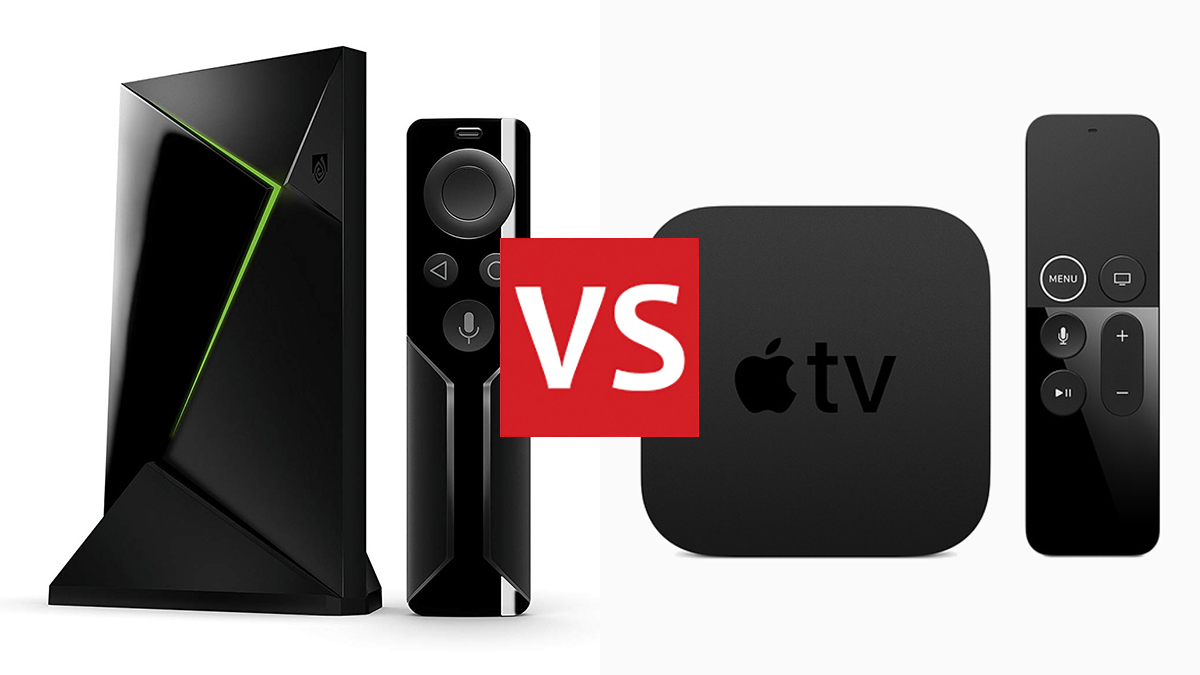

If you're looking for a box to get 4K video content and a host of other goodness up on a television screen, then the Nvidia Shield 4K and Apple TV 4K are two of the devices at the front of the queue – but at the end of the day which is better at serving up your media?
We're here to help you make sense of the pros and cons of these two boxes: we're going to put them head-to-head in all the categories that matter, from the design of the hardware to the supported apps. Read on for our full Nvidia Shield 4K vs Apple TV 4K breakdown.
- The best gadgets you need to kit out your smart home with
- Best media streamers 2019: find the best TV box for you now
Nvidia Shield 4K vs Apple TV 4K: design
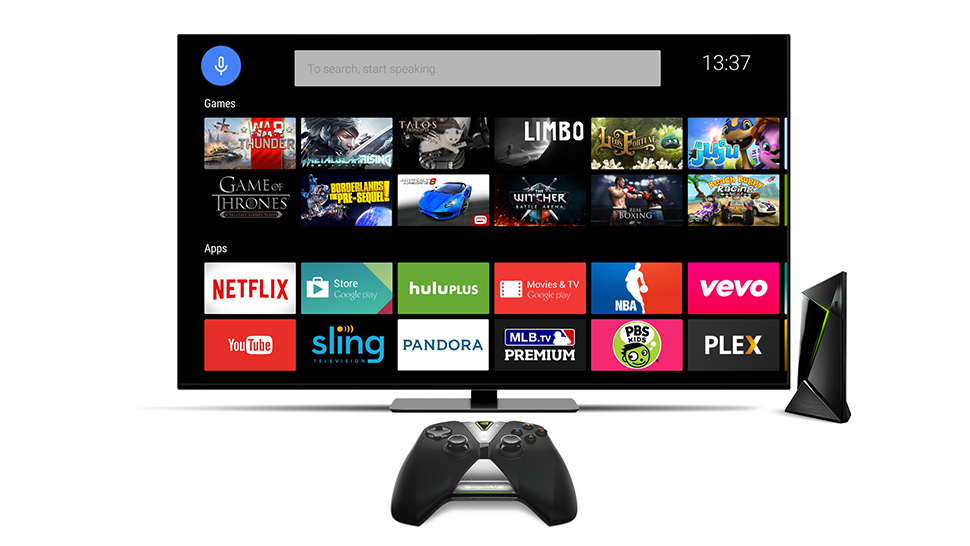
Nvidia Shield 4K
If you've got a box that's competently serving up 4K video to your big screen display, does it matter what the actual box looks like? Well, maybe. If you're wanting your home cinema setup to be as aesthetically pleasing as possible, then you're going to be interested in the design and stylings of the Nvidia Shield 4K and the Apple TV 4K.
The Nvidia Shield 4K is definitely the more striking device, design-wise. It's also flatter, and wider – measuring 159 mm x 98 mm x 25.93 mm (6.26 in x 3.86 in x 1.02 in), the Nvidia Shield 4K weighs in at 250 g (8.8 oz). We like the distinctive green flash on the top of the box that glows green when the unit is up and running too.
As for the Apple TV 4K, it's a square, hockey puck shape that measures 98 mm x 98 mm x 35 mm (3.9 in x 3.9 in x 1.4 in). It tips the scales at 425 g (15 oz), and the only indication that the Apple TV 4K is switched on is a little white light on the front. Neither of these 4K streamers are exactly ugly, but the Nvidia Shield 4K just edges it, we think.
Nvidia Shield 4K vs Apple TV 4K: features
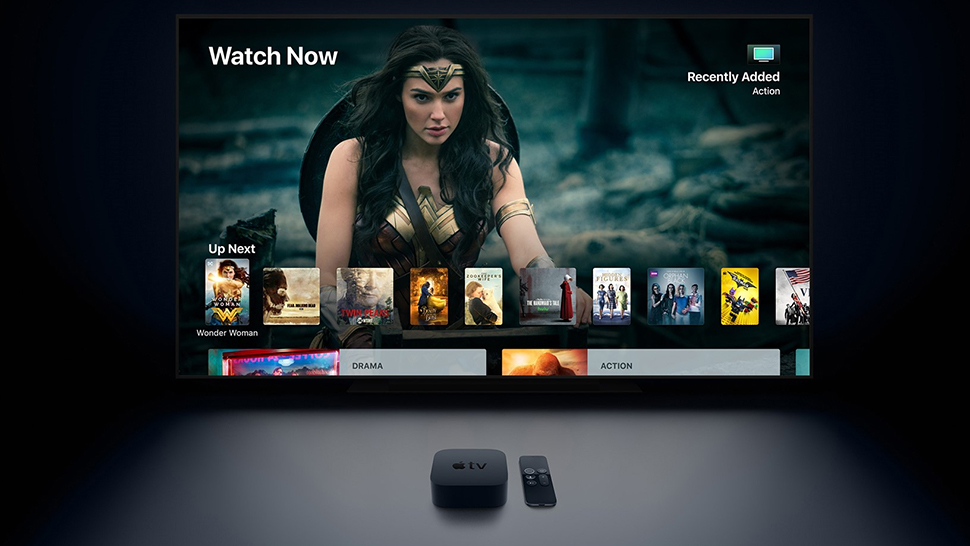
Apple TV 4K
Both these boxes have the same purpose in life: to serve up 4K video content as well as music, photos, games and other apps. Both come with an HDMI out connection, and both have a slim remote control (we just slightly prefer the one with the Apple TV 4K). The Nvidia Shield 4K comes with 16GB or a whopping 500GB of internal space, while the Apple TV 4K can be had with either 32GB or 64GB of internal storage on board.
The Apple TV 4K plays a smattering of games, mostly adapted from iOS, but the Nvidia Shield 4K is much more of a gaming machine (and has an optional gamepad accessory). You can stream games from the cloud via Nvidia GeForce Now (which needs an extra subscription), stream games from a PC on a local network (which doesn't), and access mobile games built for Android TV too. If you're at all interested in gaming, then you'll want to pick up the Nvidia Shield 4K.
Sign up to the T3 newsletter for smarter living straight to your inbox
Get all the latest news, reviews, deals and buying guides on gorgeous tech, home and active products from the T3 experts
Being an Android TV box, the Nvidia Shield 4K acts as a Chromecast too; the Apple TV 4K is compatible with AirPlay, meanwhile, so you can beam audio and video to it from an iPhone, iPad or Mac. Both boxes can double up as smart home hubs – the Apple TV 4K with Apple's HomeKit standard and the Nvidia Shield 4K via Google Assistant.
Nvidia Shield 4K vs Apple TV 4K: software
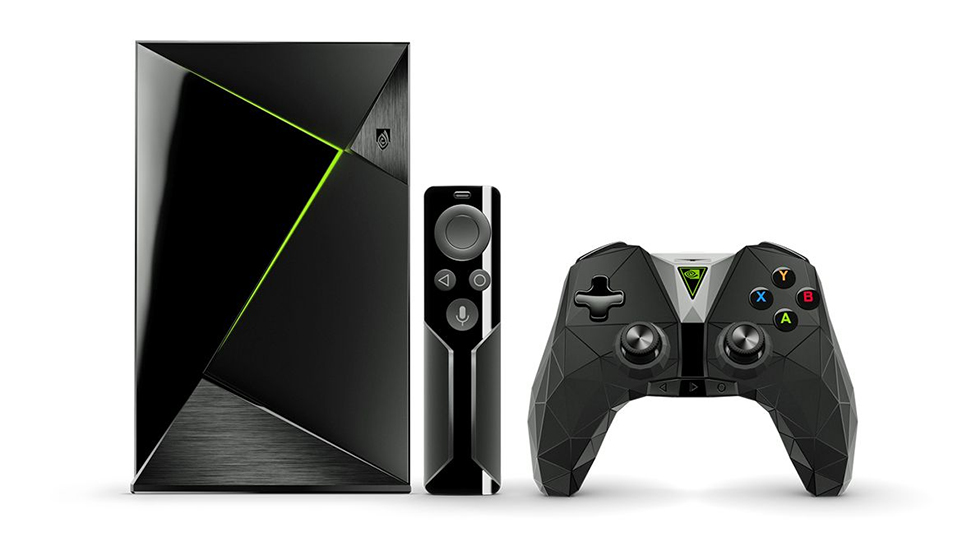
Nvidia Shield 4K
Software and app support is an important part of the equation here: the Nvidia Shield 4K comes with Android TV on board (complete with Google Assistant) while the Apple TV 4K comes with tvOS (complete with Siri). Both make use of an intuitive tiled interface that's simple to get around and gives you access to all your apps.
Most of the big names – Netflix, YouTube, Plex, Amazon Prime Video – are available on both platforms. As we've mentioned, the Nvidia Shield 4K is missing iTunes and Apple Music support, and the Apple TV 4K doesn't have Google Play Movies and TV. If you're more into your music, Spotify is on Android TV but not tvOS (though you can AirPlay tunes to the Apple TV 4K box from an iPhone).
The software comparison between the Nvidia Shield 4K and the Apple TV 4K is a lot like the Android vs iOS debate. Apple's box is a bit slicker in what it does, but it's also a bit more limited in terms of customisations and what you can do with apps and other devices that aren't made by Apple.
Nvidia Shield 4K vs Apple TV 4K: verdict

Apple TV 4K
As is often the case when we're weighing up an Apple product, the Apple TV 4K is a fine choice if all of your other gear is made by Apple – it works seamlessly with iPhones and Macs, and with Apple HomeKit and Apple Music, and with videos available on iTunes, and with Apple Photos, and so on. Some third-party services are supported, like Netflix and Amazon Prime Video, but it's a very Apple-focused device.
The Nvidia Shield 4K isn't going to work as well with Apple stuff – it can't play videos from iTunes, for example. Overall though, it's the far more capable device, with support for external storage, and all the gaming extras you get courtesy of Nvidia, and the ability it has to act as a Plex server, and its native apps for the likes of Spotify and Google Play Movies & TV. You can even plug in a USB tuner and watch live TV.
So the choice here isn't really between the Nvidia Shield 4K or the Apple TV 4K: your choice is largely made depending on the devices you already own and the ecosystem you're already invested in. The Apple TV 4K is the best box for interfacing with other Apple stuff; for everything else, the Nvidia Shield 4K is the top choice.
Dave has over 20 years' experience in the tech journalism industry, covering hardware and software across mobile, computing, smart home, home entertainment, wearables, gaming and the web – you can find his writing online, in print, and even in the occasional scientific paper, across major tech titles like T3, TechRadar, Gizmodo and Wired. Outside of work, he enjoys long walks in the countryside, skiing down mountains, watching football matches (as long as his team is winning) and keeping up with the latest movies.
-
 3 overrated shoulder exercises, according to a fitness expert (and what to do instead)
3 overrated shoulder exercises, according to a fitness expert (and what to do instead)Sculpt 3D shoulders whilst minimising injury with these three alternative exercises
By Bryony Firth-Bernard Published
-
 Polar’s new subscription feature lands in the shadow of Garmin’s Connect+ rollout
Polar’s new subscription feature lands in the shadow of Garmin’s Connect+ rolloutPR genius or timing disaster? Polar’s new Fitness Programme adds adaptive training to its ecosystem
By Matt Kollat Published
-
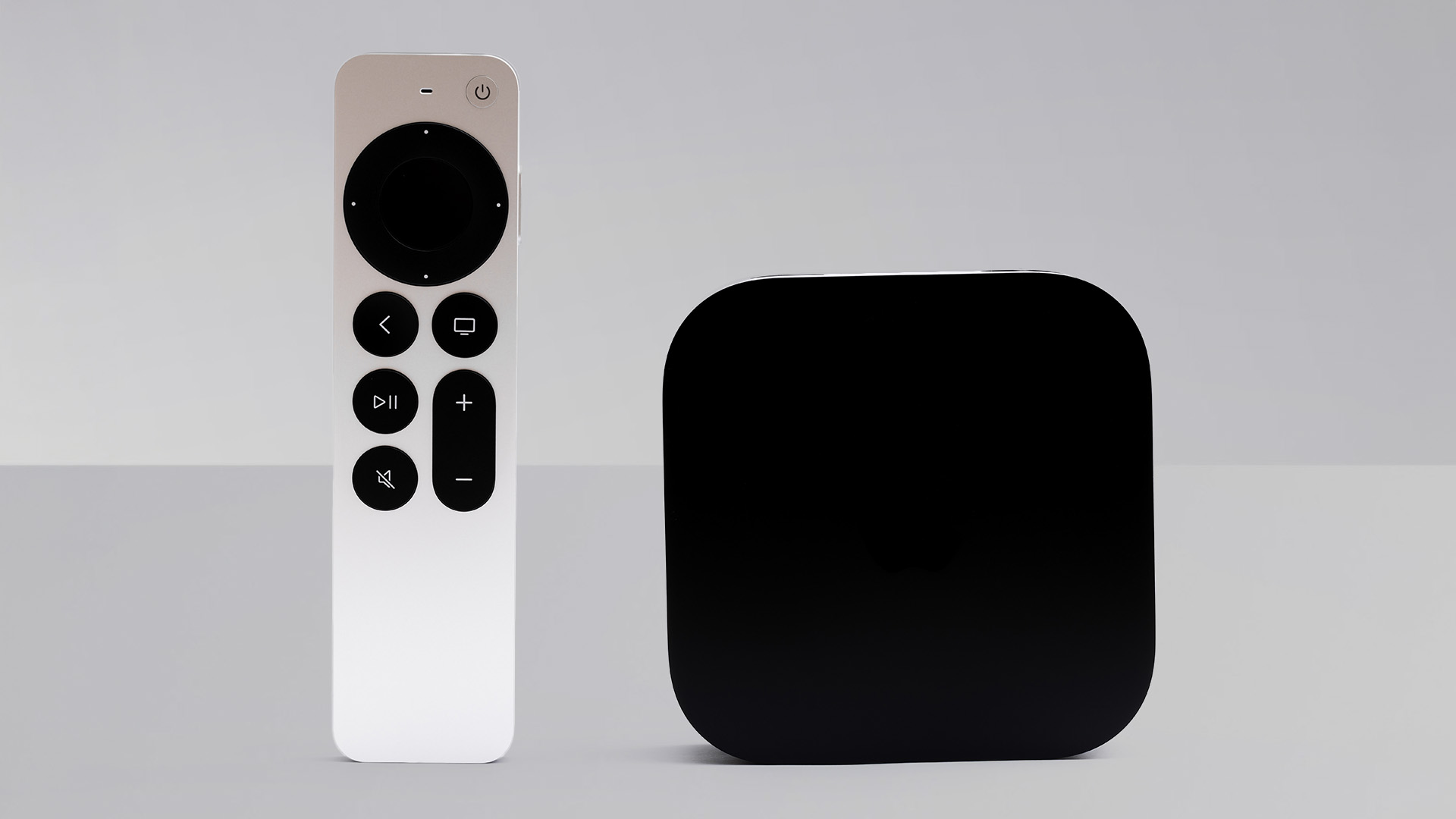 Apple TV gets a free update that makes it more simple to use
Apple TV gets a free update that makes it more simple to useApple has released tvOS 18.4 with a few design tweaks for its TV boxes
By Rik Henderson Published
-
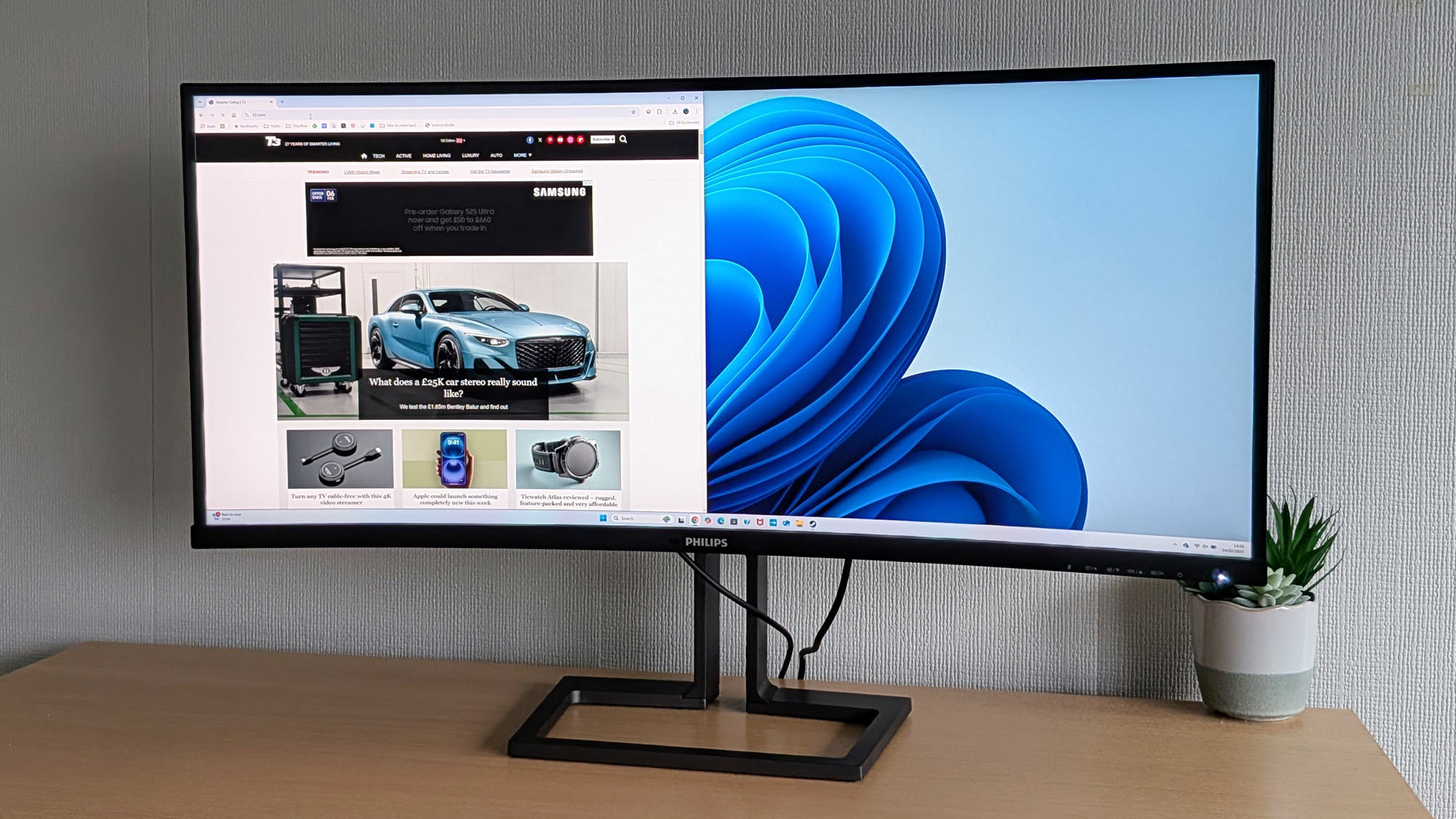 Philips 40B1U6903CH review: a 5k monitor ready to level up your productivity
Philips 40B1U6903CH review: a 5k monitor ready to level up your productivityIt's got the lot for a home office, but gamers won't be convinced
By David Nield Published
-
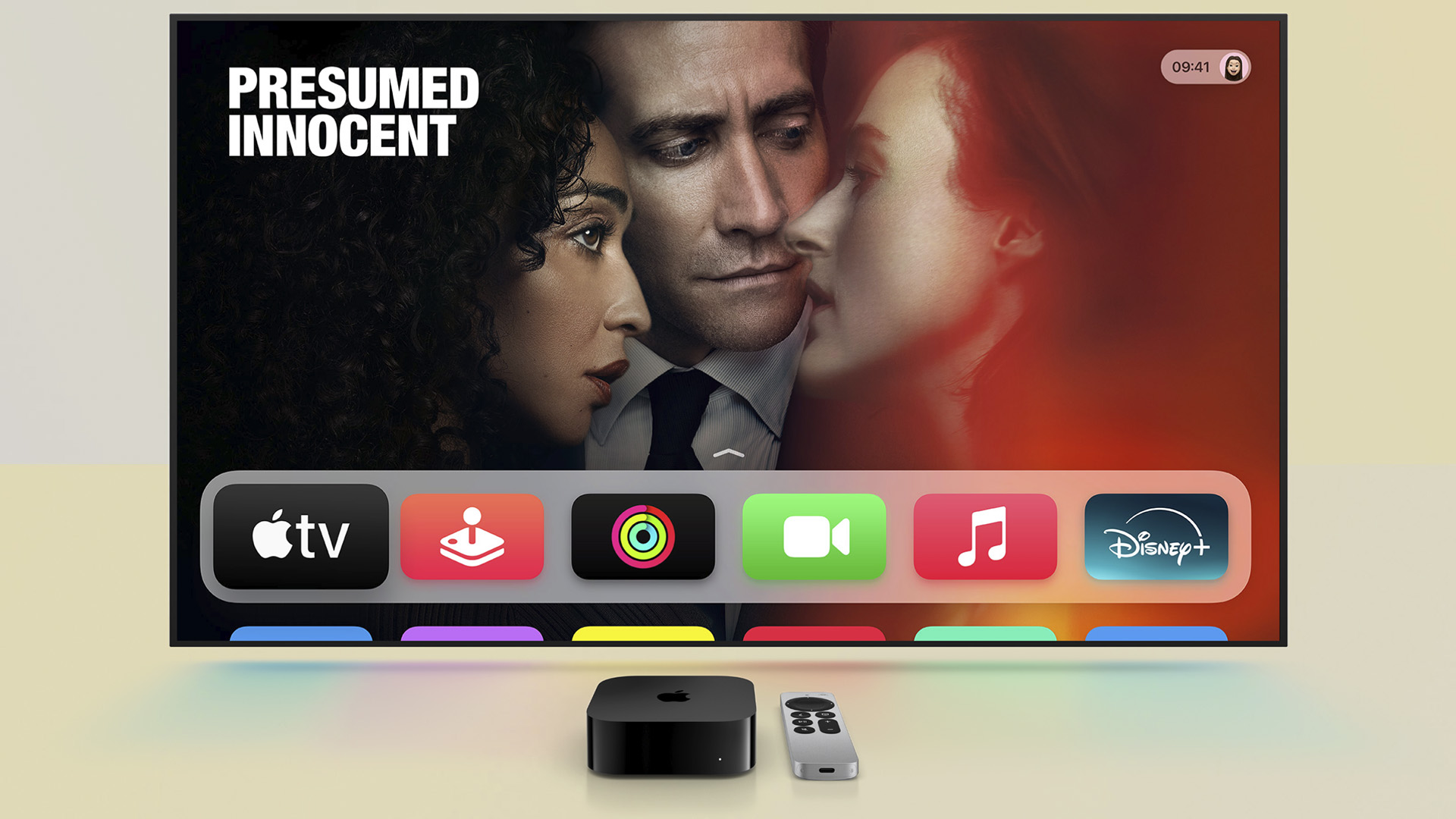 A new Apple TV 4K box is reportedly coming, it's just a matter of when
A new Apple TV 4K box is reportedly coming, it's just a matter of whenWhat will it offer though and will it change design?
By Britta O'Boyle Published
-
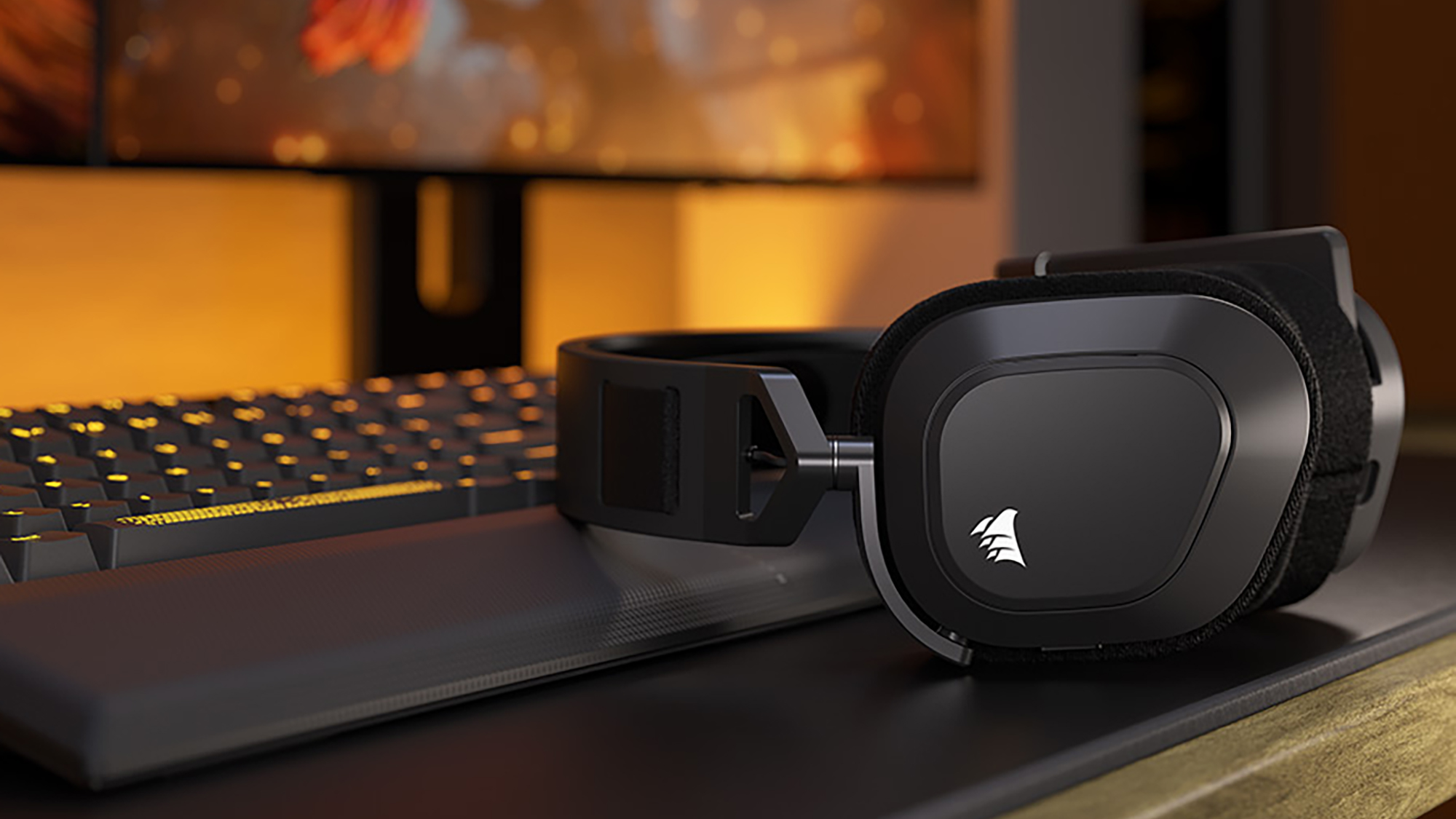 Corsair HS80 Max Wireless review: a solid mid-tier gaming headset
Corsair HS80 Max Wireless review: a solid mid-tier gaming headsetA capable audio option for the price you're paying
By David Nield Published
-
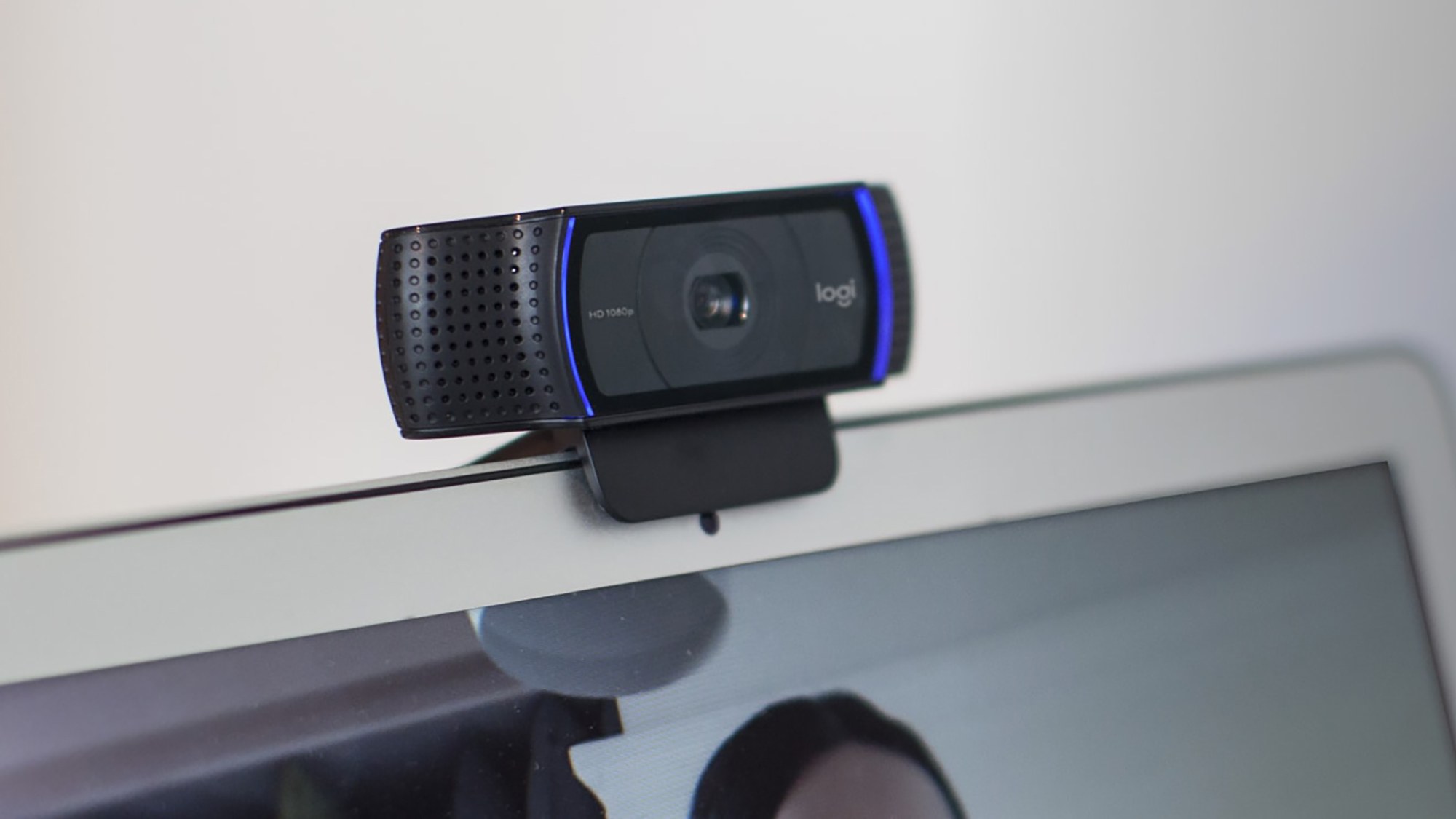 Logitech C920 Pro HD review: a solid and affordable webcam upgrade
Logitech C920 Pro HD review: a solid and affordable webcam upgradeThe Logitech C920 Pro HD has plenty to offer shoppers on a budget
By David Nield Published
-
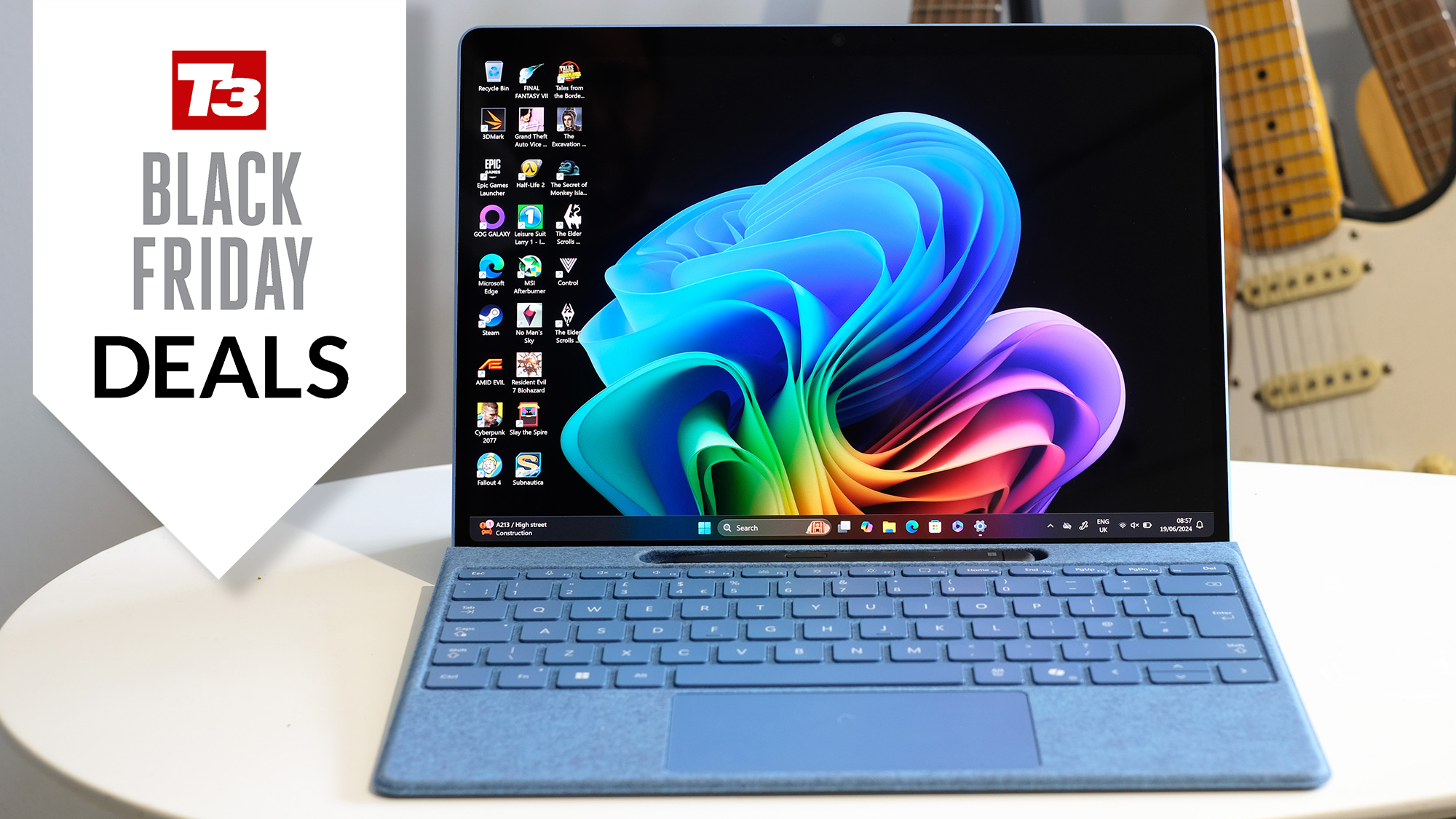 Microsoft's 5-star Surface with keyboard is Best Buy's killer deal
Microsoft's 5-star Surface with keyboard is Best Buy's killer dealBest buy it at Best Buy!
By David Nield Published
-
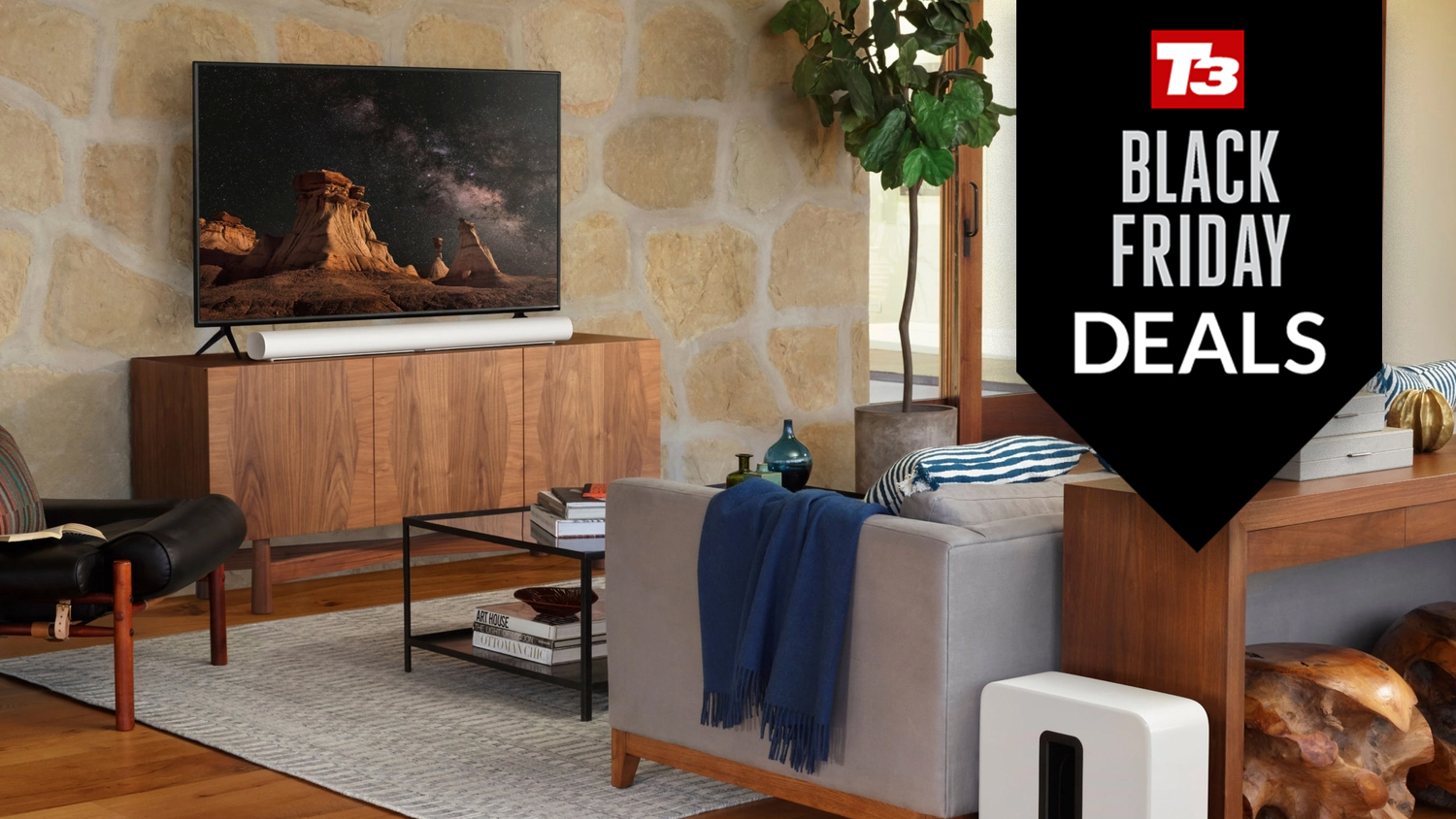 Sonos' premium soundbar just hit its lowest-ever price in 5-star deal
Sonos' premium soundbar just hit its lowest-ever price in 5-star dealTop-tier sound doesn't have to cost top dollar
By David Nield Published
-
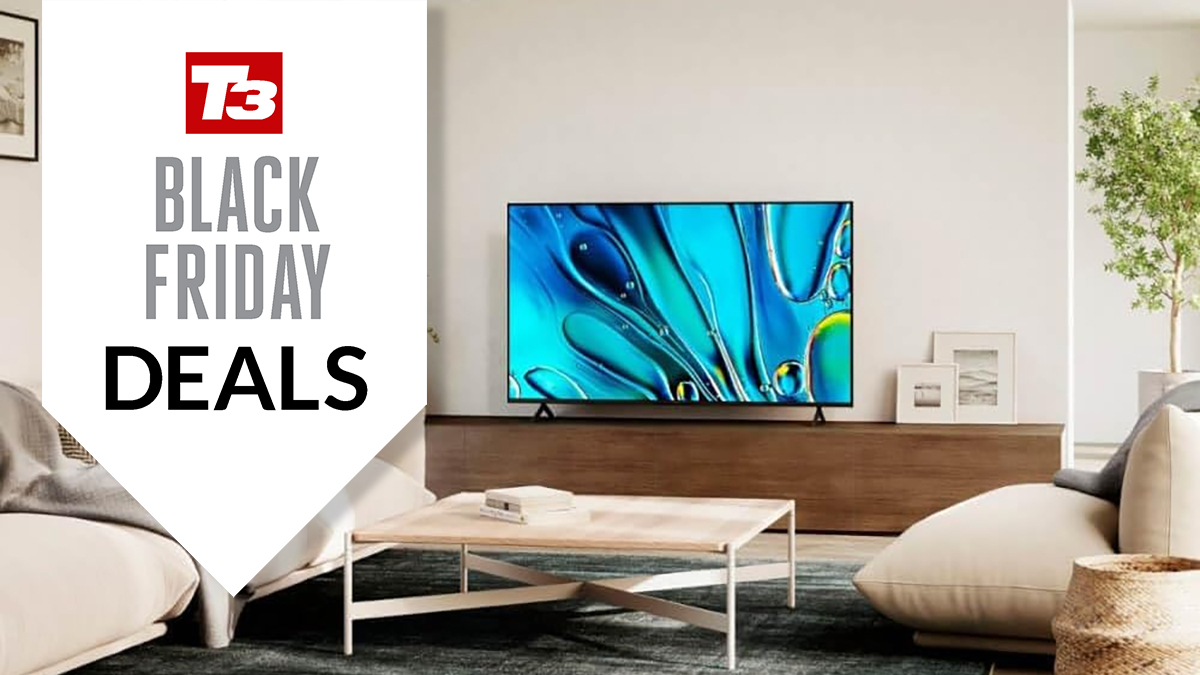 Huge 75in Sony TV is now cheaper than ever in Amazon's Black Friday sale
Huge 75in Sony TV is now cheaper than ever in Amazon's Black Friday saleYou can now get a top-quality TV for less, with 100s of dollars off this set
By David Nield Published